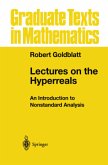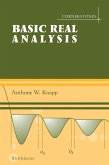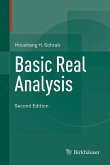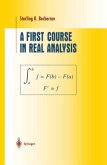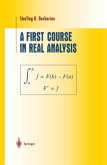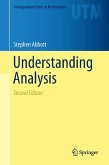An introduction to nonstandard analysis based on a course given by the author. It is suitable for beginning graduates or upper undergraduates, or for self-study by anyone familiar with elementary real analysis. It presents nonstandard analysis not just as a theory about infinitely small and large numbers, but as a radically different way of viewing many standard mathematical concepts and constructions. It is a source of new ideas, objects and proofs, and a wealth of powerful new principles of reasoning. The book begins with the ultrapower construction of hyperreal number systems, and proceeds to develop one-variable calculus, analysis and topology from the nonstandard perspective. It then sets out the theory of enlargements of fragments of the mathematical universe, providing a foundation for the full-scale development of the nonstandard methodology. The final chapters apply this to a number of topics, including Loeb measure theory and its relation to Lebesgue measure on the real line. Highlights include an early introduction of the ideas of internal, external and hyperfinite sets, and a more axiomatic set-theoretic approach to enlargements than is usual.
R. Goldblatt Lectures on the Hyperreals An Introduction to Nonstandard Analysis "Suitable for a graduate course . . . could be covered in an advanced undergraduate course . . . The author's ideas on how to achieve both intelligibility and rigor . . . will be useful reading for anyone intending to teach nonstandard analysis."-AMERICAN MATHEMATICAL SOCIETY


